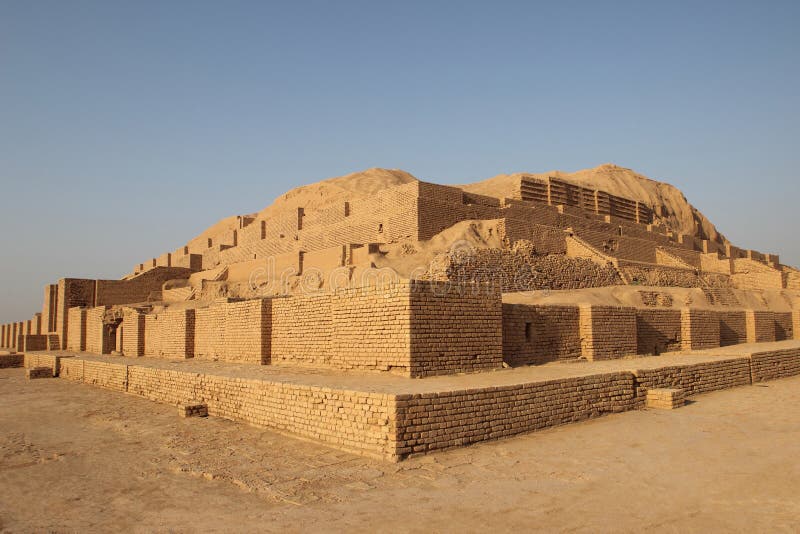
It is the largest outside Mesopotamia, and the best preserved of its kind. Because these structures were built with mud-baked bricks, most Mesopotamian ziggurats have been unearthed in a poor state of preservation. The ziggurat was the highest expression of Mesopotamian architecture. Ghirshman established that the three-story structure once had five stories (including the temple on top) and originally stood more than 170 feet tall by some estimates, double the height of the existing ruins. Turning their attention to the mound, his team peeled away the earth to reveal a stepped pyramid, or ziggurat. His 1946 appointment to France’s archaeological delegation in Iran centered on the ongoing excavation at Susa, and from this base, Ghirshman restarted the excavation at Chogha Zanbil in 1951.
ZIGGURAT OF CHOGHA ZANBIL SERIES
He chalked up a series of successful projects, including excavations at the Sassanian-Persian city of Bishapur (Iran) and the ancient Kushan city of Begram in Afghanistan. ( One of the most scenic railways in the world spans Iran.)īorn in Kharkiv, Ukraine, Ghirshman emigrated following the Russian Revolution of 1917 and established a career in archaeology in France.

The newly appointed head of the French archaeological delegation in Iran, Roman Ghirshman, would now continue the excavations at the site. More than a decade would pass before work finally resumed. In 1939 the outbreak of World War II suspended the work of the French archaeologists at Chogha Zanbil and the mother site at Susa. Historians do not know if Chedorlaomer was a historical figure, but the biblical references reflect Elam’s regional importance. A king of Elam in Genesis (14:1) is named as Chedorlaomer, and according to tradition ruled Elam and the wider region at the same time as the Sumerian king Hammurabi, in the 18th century B.C. The name Elam fell into popular use when archaeologists adopted the Hebrew term from the Old Testament, in which there are numerous references to the kingdom. The people of this region called themselves the Hatami. Buried near the ziggurat, it was unearthed in the 20th century. Although the site was looted in the mid-seventh century B.C., the silver-alloy axe was not taken. Topped by a boar, the handle is shaped like a lion’s head, and the blade emerges from its mouth. Elamite artisans were famed for ceremonial weapons, used either as royal gifts to favored subjects or as votive offerings to the gods.

"I, King Untash-Naprisha" is inscribed along the blade of an axe from Chogha Zanbil, now displayed in the Louvre Museum, Paris.


 0 kommentar(er)
0 kommentar(er)
